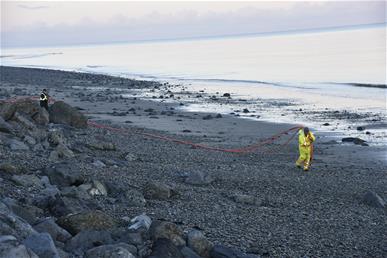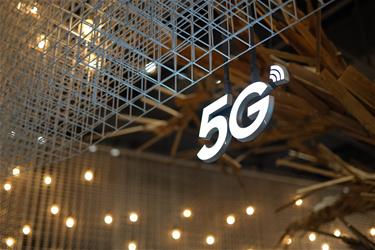Get the most from your services with tips on the best content CityWest has to offer and tech tips from our local staff.
The demand for reliable and high-speed connectivity has become paramount in today's rapidly advancing world. Regarding data transmission, two primary contenders have dominated the scene for decades: coaxial (copper) and fibre-optics. Both technologies have their own strengths and weaknesses. This blog post will explain the difference between fibre-optics and copper, 1G vs 5G, and upcoming new technologies, such as AI.
The Battle of Connectivity: Fibre-Optics vs. Copper
Let us start by comparing fibre-optics and coaxial (copper) cables with these aspects for comparison:
|
Fibre-Optics
|
Coaxial (Copper)
|
|
Data Transmission
|
Uses light signals
|
Uses electrical signals
|
|
Speed
|
CityWest currently offers symmetrical speeds up to 1,000 Mbps
|
Slower and may not be the same upload/download speeds
|
|
Bandwidth
|
High bandwidth, can handle large data volumes
|
Limited bandwidth capacity
|
|
Signal Loss
|
Minimal signal loss over long distances
|
Signal loss increases with distance
|
|
Future scalability
|
Provides scalability for future bandwidth requirements
|
Limited scalability for future demands
|
Now, let us shift our focus to the Connected Coast.
The Connected Coast Project

What is it? The Connected Coast project in British Columbia is an initiative to improve connectivity and provide reliable high-speed internet access. It recognizes the significance of connectivity for economic growth, social well-being, and access to essential services in remote coastal regions. This initiative aims to lay a subsea fibre-optic network along the province's coastline by 2024.
If there is a cable failure or disruption, data traffic can be rerouted through alternate pathways, ensuring uninterrupted connectivity. This redundancy is crucial for critical applications, such as emergency services, e-commerce, and telemedicine, where downtime can have severe consequences.
As we consider the future, it is important to mention the advancements in mobile networks, particularly the transition from 1G to 5G.
1G vs. 5G

In the era of rapidly evolving technologies, the demand for faster and more efficient communication has given rise to the advent of 5G networks. While 1G (1st generation) and 5G (5th generation) refer to different generations of mobile networks, they also reflect the advancements in underlying infrastructure, including the transition from copper to fibre-optics.
1G networks primarily relied on copper cables for data transmission, limiting achievable speeds and capacity. However, with the introduction of 5G, fibre-optics have become the preferred choice due to their ability to handle the massive data volumes and low latency requirements of advanced applications [like autonomous vehicles, smart cities, and the Internet of Things (IoT)]. One advantage of fibre-optics in 5G networks is its ability to handle massive data volumes. With the many connected devices a family may have, and the rise of data-hungry applications, such as streaming - the demand for high bandwidth has skyrocketed. Fibre-optics can support this increased demand, providing the bandwidth to deliver fast and reliable connectivity.
6G and the Future

That said, the emergence of 6G networks is on the horizon, promising even greater speeds. As we move towards 6G, the reliance on fibre-optics will become even more critical with the exponential growth of data-driven technologies, such as artificial intelligence (AI). Fibre-optics' ability to transmit vast amounts of data at lightning-fast speeds will be paramount in supporting the infrastructure needed to power these transformative technologies.